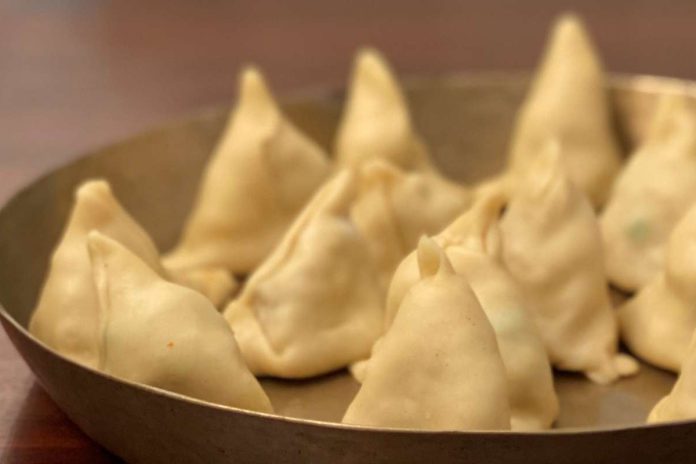As an immigrant, the idea of home for me is complex. It evokes emotions and memories of not only where I grew up, but also where I have built my new life. Home is where nostalgia lingers in the form of culture, clothes, traditions, music and perspectives. It offers a connection and stability when the heart feels lonely and wanders.
Something that has helped me preserve a piece of my childhood home is food. Decades and miles away from it, I feel connected to that time and place through the taste and smell of the foods I used to enjoy. And when I recently visited my parents in northern India, it was no surprise that I was going to drown in and enjoy every bit of my favorite foods, and more importantly the street foods. Immersed in aromas and flavors and bursting with medley of spices, I spared no dish.
Other than the delightful food itself, as a child there was a distinct charm in using the pocket money one earned to indulge in the local food that the street vendors brought. These vendors gave us an opportunity to enjoy these inexpensive treats with friends from school and children next door. We didn’t have to especially plan a trip and depend on transportation.
The food was easy to access and very fresh as it was made daily. It also helped the local economy by promoting the use of local ingredients and gave the smaller vendors a chance at livelihood. Street food is interwoven with the local culture and is a phenomenon in itself.
Pani poori, also known as golgappa, phuchka, gupchup and phulki in different regions, is a wheat- or semolina-based snack where small flatbreads or tortillas are rolled out and deep fried until they puff up and become crispy. Once they become crispy, a hole is poked through from the top layer and filled with a spicy, tangy, sweet water-based concoction. The whole thing is plopped in the mouth immediately. The cracking of the puffed-up ball and the release of concoction with a blast of flavors inside the mouth is an experience unlike any other.

Here in the Bay Area, pani poori is available in local Indian stores and restaurants alike, ready to assemble or ready to eat on the spot. While some assembly is required when making from store-bought packages, it is still a beginner-friendly snack to try at home. My personal favorite is the tamarind flavored savory water to fill the poori, along with boiled chickpeas.
Dahi Vada is another snack that can easily fill the desire for a quick bite. Soaked daal (a combination of dried beans) is made into a paste and deep fried until lightly golden. Those are then topped with spiced yogurt and laid with mint-based chutneys, tamarind sauce, nuts, pomegranate arils and other assortments of fixings.
While the term vada can take a local flare as it travels from one state to another, in north India it will most likely be made with an assortment of the above-mentioned ingredients. It is also referred to as “bhalle” (not an accurate spelling for the original pronunciation) in some regions. These are available locally in the freezer section of some ethnic grocery stores, and many local Indian restaurants also offer them on their menu.
Pav bhaji, although considered as a snack or a street food, can also be a complete meal in itself. Bhaji is the vegetable part, and pav or pao is a bun or a dinner roll that is lightly toasted with butter and enjoyed alongside. A medley of vegetables cooked together, gently mashed with a spectrum of spices and butter, come together as a crowd pleaser. I particularly like making this at home and find it quite a beginner friendly recipe, but it is also available in local restaurants.
Last but not least, it would be unfair to leave out samosa from street foods—a blend of flavors inside a flaky and crispy pastry come together in this pyramid shaped goodness. The stuffing can be made with many different ingredients for taste, flavor and preference. It can be enjoyed as an appetizer with chai or can be layered with various chutneys and curried chickpeas to make it a heartier dish.
Samosas are easily available in the Bay Area in Indian grocery stores and restaurants. Some of the other retailer chains also carry them in the frozen section. There are a lot of variations to this popular snack in the style of the pastry and filling, and whether it’s oven and air fryer cooked.
My personal favorite is the one with the seasoned potato filling and deep-fried outer covering. For me that brings out the best in the samosa. Making samosa at home can be very rewarding, but requires an intermediate level skill, and considerable experience and patience, in my opinion.
While it might be hard to recreate the same taste at home or find the same flare of the ingredients in the recipes, for me it is the experience and the memories that get made from these delicious moments that last a lifetime.




